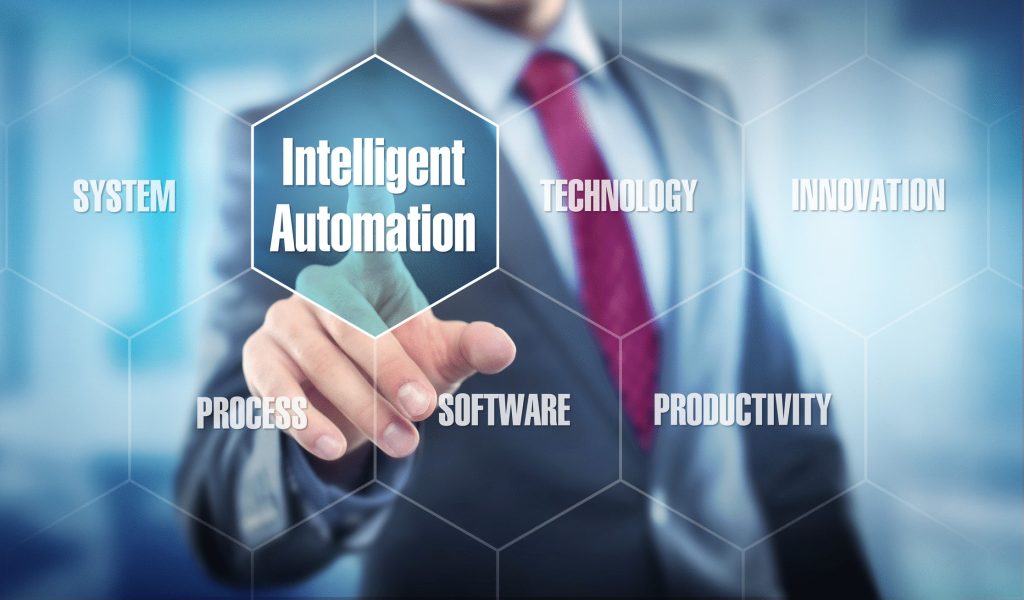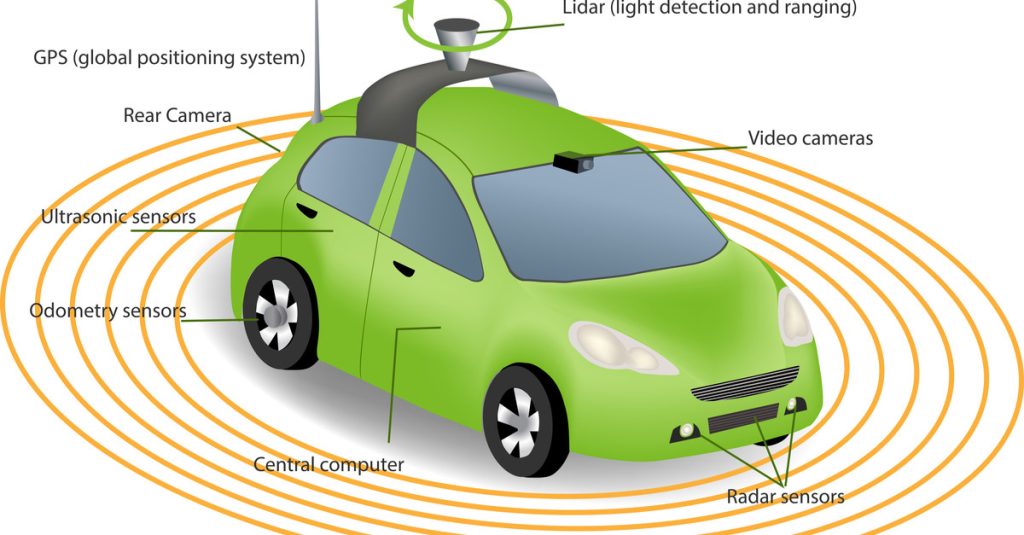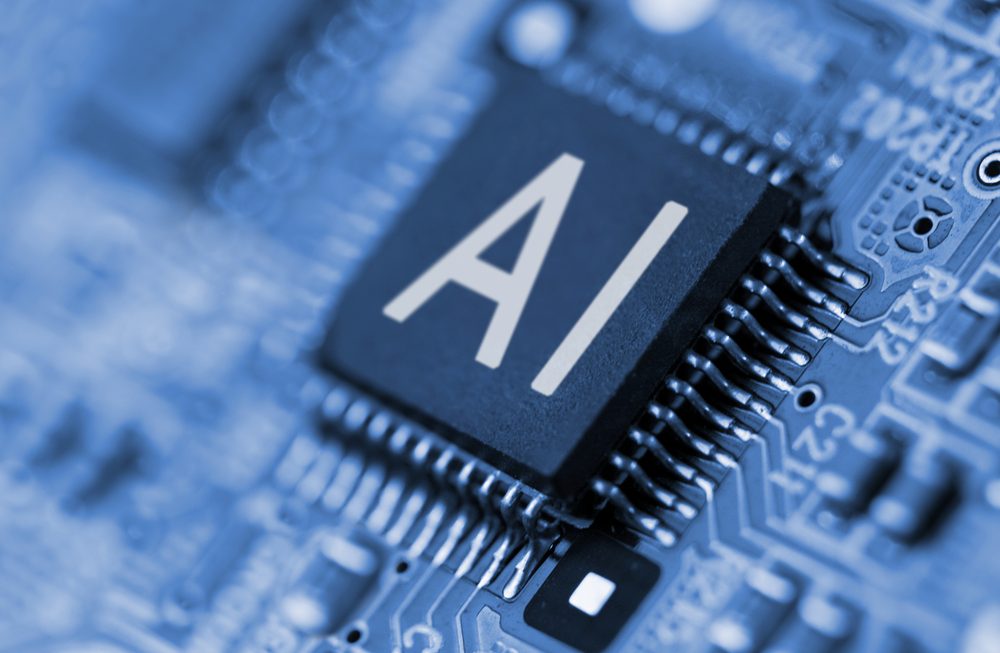My last few articles have focused on the rise of RPA (Robotic Process Automation) from a disruptive solution focused on a small segment of the marketplace, to one that is now being piloted or used on a small/medium scale by many Fortune 1000 companies (see past articles). Per HfS Research, RPA market size is forecasted to approach $1-$1.5B in revenue by 2021, and the reason for its growth prospects is that the technology has largely delivered on its value proposition of improving process efficiency by 50-80%, reducing cycle time 40-60% and providing output quality of >99.9% for amenable processes.
During this growth in RPA utilization, there’s been a lot of talk about how RPA and related technologies will change the future of work. A recent McKinsey article stated in about 60 percent of occupations, at least one-third of the activities could be automated (using RPA and related technologies), implying substantial workplace transformations and changes for all workers over the coming decades. In parallel, there has been a subtle shift in terminology from the term RPA (Robotic Process Automation) to “Intelligent Automation.” Why the subtle shift and what does it mean for you? That is the topic of this post.
What is Intelligent Automation?
I am not sure who initiated the term “Intelligent Automation” (IA), but I first saw it used 5 years ago when I first was introduced to RPA by Sutherland Global. However, I’m sure a few of you who read this article will let me know that the timeline for using this term was far earlier… Initially, the term IA was used to distinguish itself from the fast-growing, rules-based RPA solutions, and refer to the suite of technologies that were starting to mimic more “intelligent” tasks performed by people, such as machine learning and artificial intelligence technologies. Over the last few years, many solution providers and consultancies have now shifted that definition and have been using this term to encompass the full-spectrum of this segment of the automation space.

For example, Deloitte has defined Intelligent automation (for some time) as the marriage of artificial intelligence—including natural language processing, machine learning, and machine vision—with automation. EY explains that IA is a framework which will allow the enterprises to gradually move from RPA to machine based learning to cognitive capabilities culminating in Artificial Intelligence, and UiPath refers to Intelligent Process Automation (IPA) as the application of Artificial Intelligence and related new technologies, including Computer Vision, Cognitive automation and Machine Learning to Robotic Process Automation. And finally, McKinsey states that IPA mimics activities carried out by humans, and over time, learns to do them even better. Traditional levers of rule-based automation are augmented with decision-making capabilities thanks to advances in deep learning and cognitive technology. Do you see the pattern?
Why Is this Important?
However, you define Intelligent Automation, it is clear that RPA should be a company’s initial focus, targeting repetitive, predictable and rule-based tasks across select processes. However, it is important to have an “eye to the future” early in your RPA journey (after some successes), and develop a roadmap that goes beyond RPA and leverages the more sophisticated (and higher-value) steps in the intelligent automation journey. The building blocks you put in place during the RPA portion of your journey such as a “proof-of-concept”/process mindset, greater focus on aligning digital/business strategy, building a “center-of-excellence” to better scale RPA, and leveraging change management tools for the transformation, are directly transferable for the rest of the IA journey.

It is still early days, but there are some companies that are now going beyond RPA into the other elements of the Intelligent Automation space….specifically cognitive and artificial intelligence (AI). One example is Automation Anywhere (AA) with the introduction of their IQ BOT platform. At a recent event, they shared the results from an insurance company in need of automation of their claims process. The AA solution utilized AI to read 1000s incoming documents per day, classify information and identify key data before sending them to their RPA solution for execution. They were able reduce costs by nearly 50% (or $920K) and accomplish 60% straight through processing in the 1st year of operation. Years 2 and 3 are expected to be even higher. Other companies such as Blue Prism, Thoughtonomy, WorkFusion and Softomotive, have also implemented some use cases leveraging cognitive/AI solutions along with RPA to deliver real business value. A recently released report by the Everest Group provides a detailed view of these vendors, the RPA technology vendor landscape and a thorough assessment of the various RPA technology solutions across several key dimensions.
What Does the Future hold?
Intelligent automation is more than just scaling RPA across the enterprise. It has the potential to transform your company in ways you know (from a human to a human/digital workforce), and ways you may not be able fully see yet. A good analogy is the self-driving car industry. Few people 10 years ago would have said that self-driving cars would be on the road in 10-15 years, but according to Nvidia CEO Jensen Huang, he expects them to be on the road by 2022, with many other experts in agreement. Some of the same concepts/technologies used to tackle challenges facing self-driving cars, are being used to tackle automation of “intelligent” business process especially with unstructured data. So, if your company is not on the journey yet, now is the time to start…before it is too late!

If you are not sure where to start, engage more than one partner to help in building that vision. The Everest study is a good place to start. To date, there isn’t one entity or platform dominating the space, so a best of breed approach is probably the best way to kickstart your efforts.
—————————————————-
Art Anderson is Managing Principal for AH Anderson Consulting, LLC, which focuses on helping companies be more productive, efficient and competitive. He has 25+ years of experience in various end-markets including industrial and specialty chemicals, manufacturing, semiconductors, consumer products, aerospace and several others. Specific expertise in strategic transformation and planning, intelligent automation, shared/global service delivery strategy, optimizing commercial operations, leveraging process excellence tools, and improving both internal and external customer experience. Prior to consulting, Art had a successful career at a Fortune 300 in a variety of business and functional leadership roles. Most recently, as Director and member of the executive team leading the transformation from Shared Services to a Global Business Services framework, leveraging a host of intelligent automation technologies. Learn more at www.ahandersonconsulting.com. Art can be reached directly at art@ahandersonconsulting.com.




